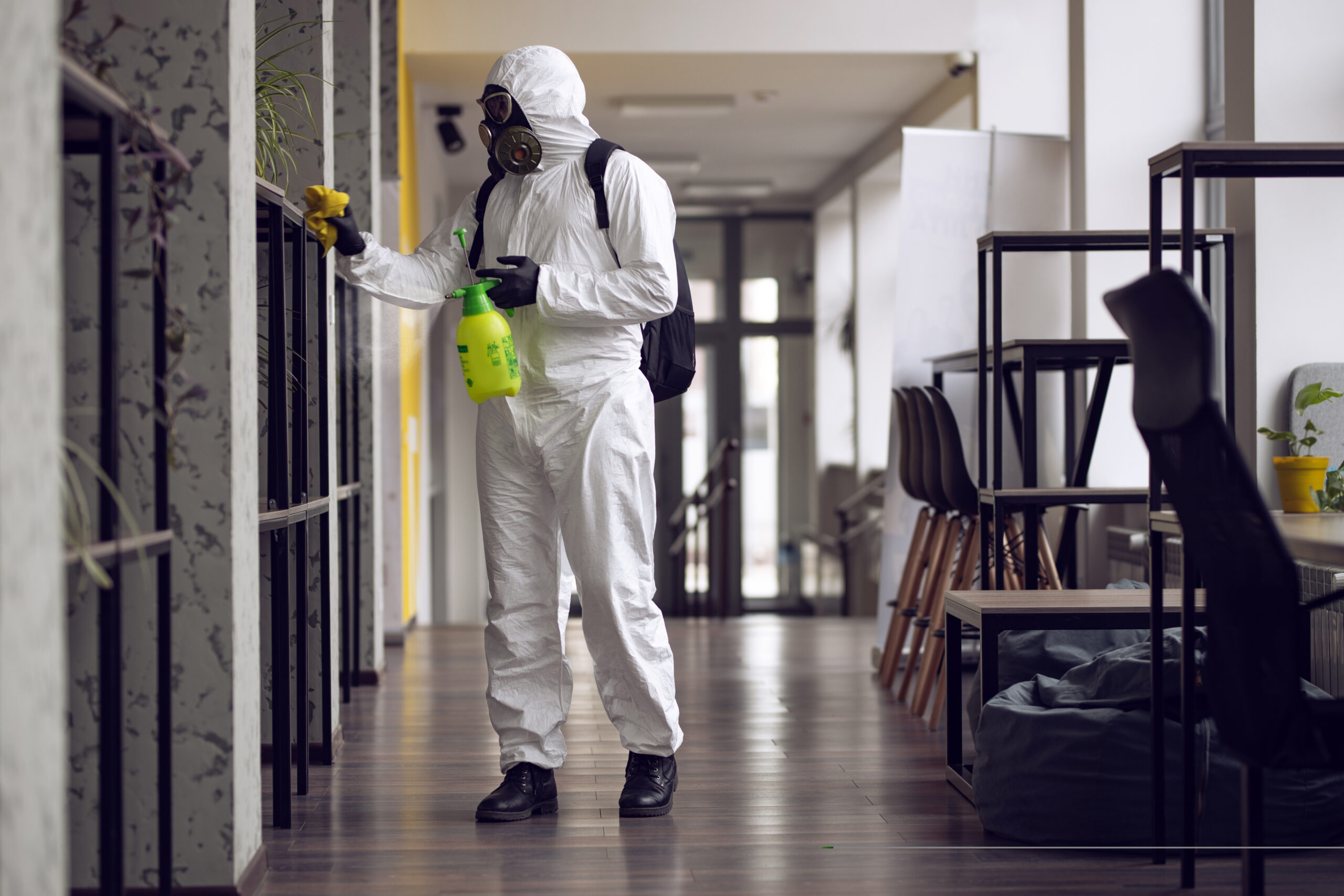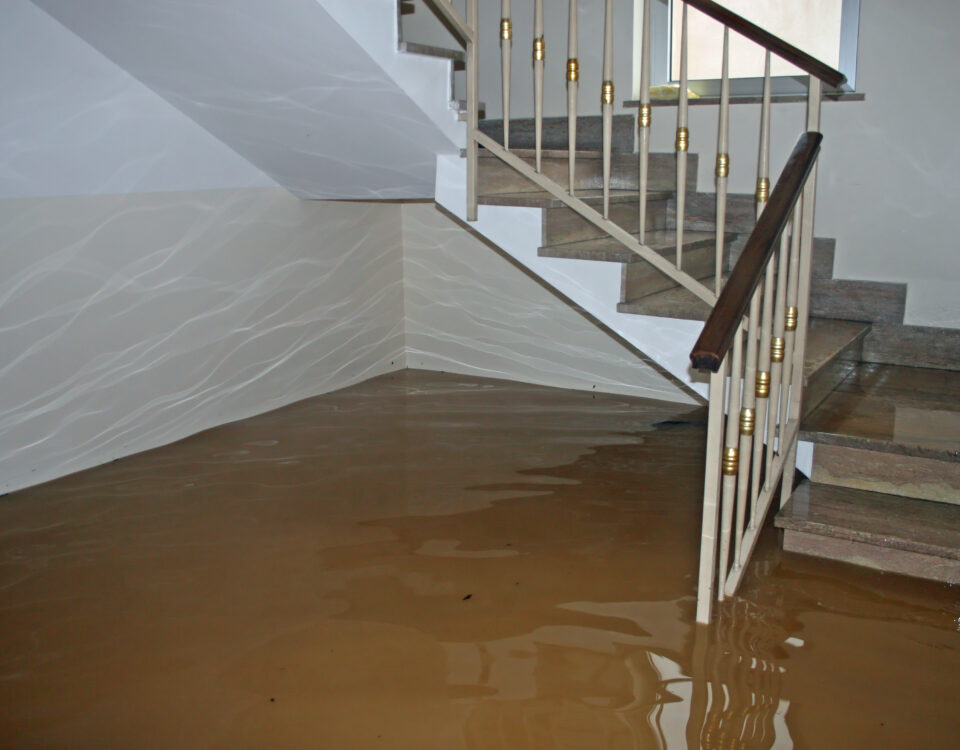
What Are Hyphal Fragments?
September 25, 2022
How To Prevent & Get Rid Of Mold In Garage Tips
September 25, 2022A lot of people hear the word “Mold” and their mind instantly conjures up images of green spots growing on old bread or white fuzzy things that tell you it’s high time to clean the fridge. Though in recent years, there’s been a growing awareness of the severe health risk posed by mold and high-density airborne mold spores.
Not only can mold spores in your home make people and pets sick, but they can also lead to a wide range of health conditions. One of the more common, and potentially severe, is a condition known as Blastomyces dermatitidis.
What Is Blastomyces Dermatitidis
Blastomyces dermatitidis is related to a dimorphic type of mold that is more likely to affect humans and canines. It’s estimated that roughly 25 to 40% of symptomatic, reported cases in humans lead to other conditions like extrapulmonary infections, and can also include other conditions such as cutaneous, osteoarticular, genitourinary, and even central nervous system diseases.
Unfortunately, the vast majority of Blastomyces dermatitidis go underdiagnosed in humans as many of the symptoms mimic the common cold or flu. It’s also estimated that around 50% of Blastomyces dermatitidis cases are asymptomatic, and simply go unnoticed by the individual or untested by medical providers.
It’s also worth noting that Blastomyces dermatitidis is roughly 10 times more likely to occur in canines than it is in humans. In this light, your family dog might be telling you something more than just when the mailman is coming! Health symptoms in your dog might help you determine if there is a mold problem in your home.
How Does Blastomyces Dermatitidis Disease Show Up in Dogs
Blastomyces dermatitidis is transmitted through inhalation of the conidia or mold spores from a type of dimorphic mold strain. These strains are more common in moist soil areas and occur in higher frequency when there are dead, fallen leaves near rivers. Once the mold enters the body of a dog or a human being, it migrates through the respiratory tract to the lungs where it germinates into a large budding yeast.
Most healthy human beings can fight off this type of respiratory infection unless there is a huge population that was inhaled. In some rare cases, where a high spore density is inhaled there will be a development of chronic granulomatous pneumonia. This disease can spread to other parts of the body, including the skin, bones, prostate, testes, and the eyes. Many times it causes a blockage within the capillaries forming ulcerations in the body.
What Are Symptoms of Blastomyces Dermatitidis in Dogs?
Blastomyces dermatitidis symptoms in a dog can include one or more of the following:
- Fever
- Weight loss
- Decreased appetite
- An unproductive cough.
- Swelling in the lymph node
- Skin lesions
Some severe cases of Blastomyces dermatitidis can even start to affect bone health and connective tissues. This can lead to pronounced limping and even difficulty breathing.
How Do You Prevent Blastomyces Dermatitidis?
There isn’t any 100% effective way to prevent Blastomyces dermatitidis. Though reducing the risk of mold spores colonizing your home or commercial property will go a long way toward reducing exposure to airborne spores in you and your trusty canine companion.
This starts with a lot of the same things you would do to prevent any other strain of mold from colonizing your house. It includes things like:
Repairing water damage as soon as possible
- Using a dehumidifier in rooms that are prone to summer humidity problems
- Using bathroom vent fans when showering or running hot water
- Using the kitchen hood vent when cooking
- Repairing all water leaks, leaking pipes, gutters, and roof leaks
- Repairing all foundation issues as soon as possible
- Updating and/or maintaining your central air conditioning system
In other words, an individual can’t simply identify which areas are free from the spores as no test is capable of giving a result to this answer.
How Is Blastomyces Dermatitidis Diagnosed?
The incubation period for Blastomyces dermatitidis can vary from 3 weeks to 3 months after the initial exposure. This is when most clinical signs will appear, prompting a diagnosis from a medical professional or veterinarian.
For dogs, cytology and/or histopathology of the affected area will typically indicate to a veterinarian whether a dog is positive for Blastomyces dermatitidis. Though for humans diagnosing Blastomyces dermatitidis typically require a blood test or urine analysis.
How Is Blastomyces Dermatitidis Treated?
The treatment method for Blastomyces dermatitidis is the same for humans as it is for dogs. Most cases will gradually clear up with a prescription for an antifungal medication such as Itraconazole or Amphotericin B. Though the treatment time can vary from 6 to 12 months, depending on the severity and how the patient/pet responds to treatment.
Is Blastomyces Dermatitidis Dangerous?
The good news is that very few dogs will die from this disease. Complications are only seen in immunosuppressed individuals in poor health or with a poor prognosis.
Though in a few rare cases Blastomyces dermatitidis can spread within the testicles, eyes, or the nervous system. This can sometimes cause a relapse of this disease, which can make it more difficult to find drugs capable of penetrating these organs. Many of these rare and severe cases require surgical intervention to remove the infected organ from the dog.
It’s also worth noting that Blastomyces dermatitidis is not zoonotic. This means that it can’t be transmitted from animal to human. Though if your dog tests positive for Blastomyces dermatitidis it likely means that it is near you or is present in either your home or in the outdoor environment where you walk the dog. It likely means that you too have inhaled spores or hyphal fragments and could be at risk in the future. It’s just that Blastomyces dermatitidis is ten times more likely to affect canines than it is human beings.
Where Is Blastomyces Dermatitidis Found?
While it can germinate in just about any warm, humid environment, Blastomyces dermatitidis is more likely to be found where leaves and running river water meet. You might want to also note that Blastomyces dermatitidis is considered endemic in certain river systems and bodies of water.
See articles of mold removal




